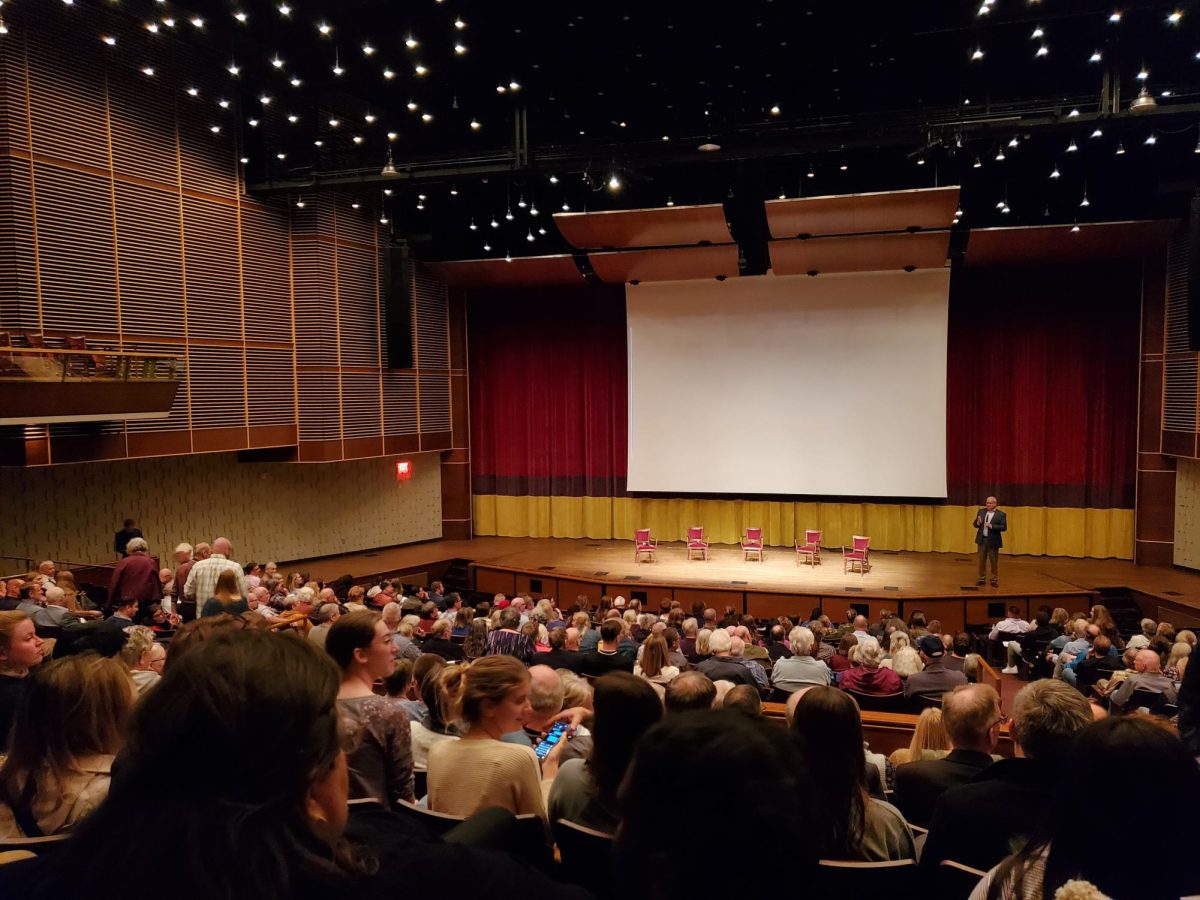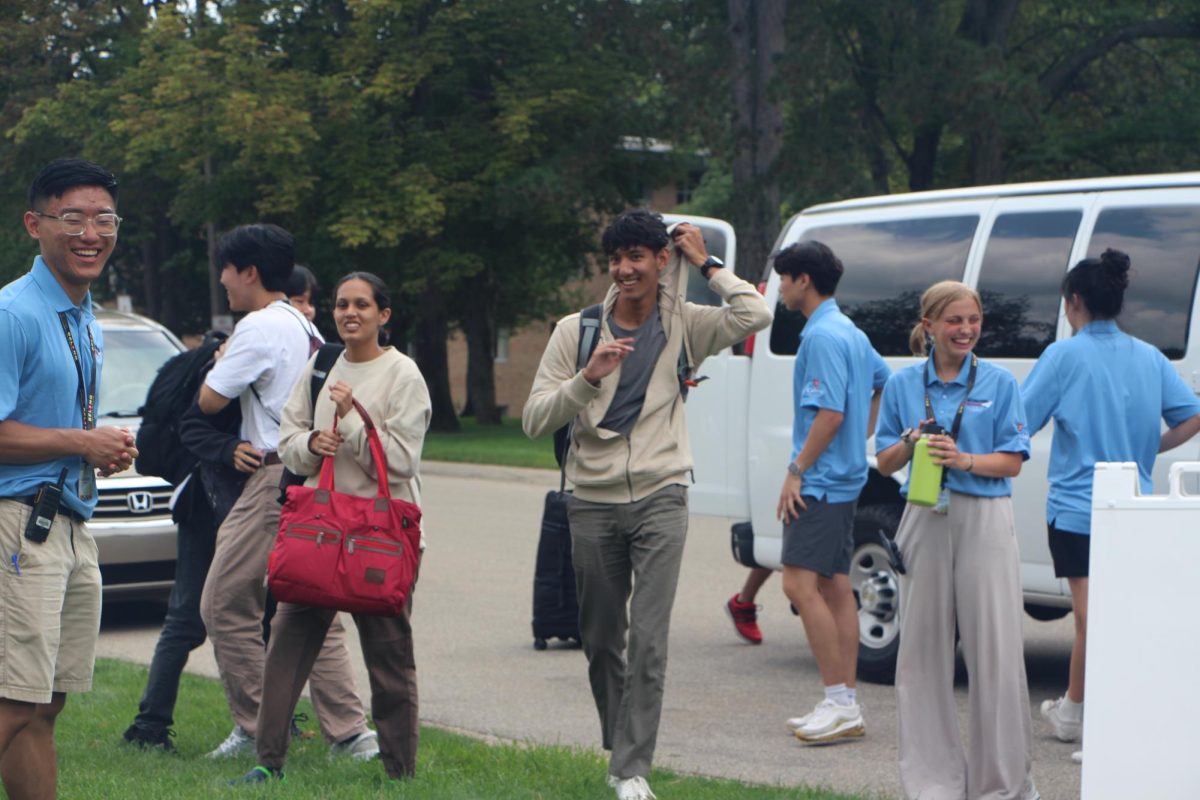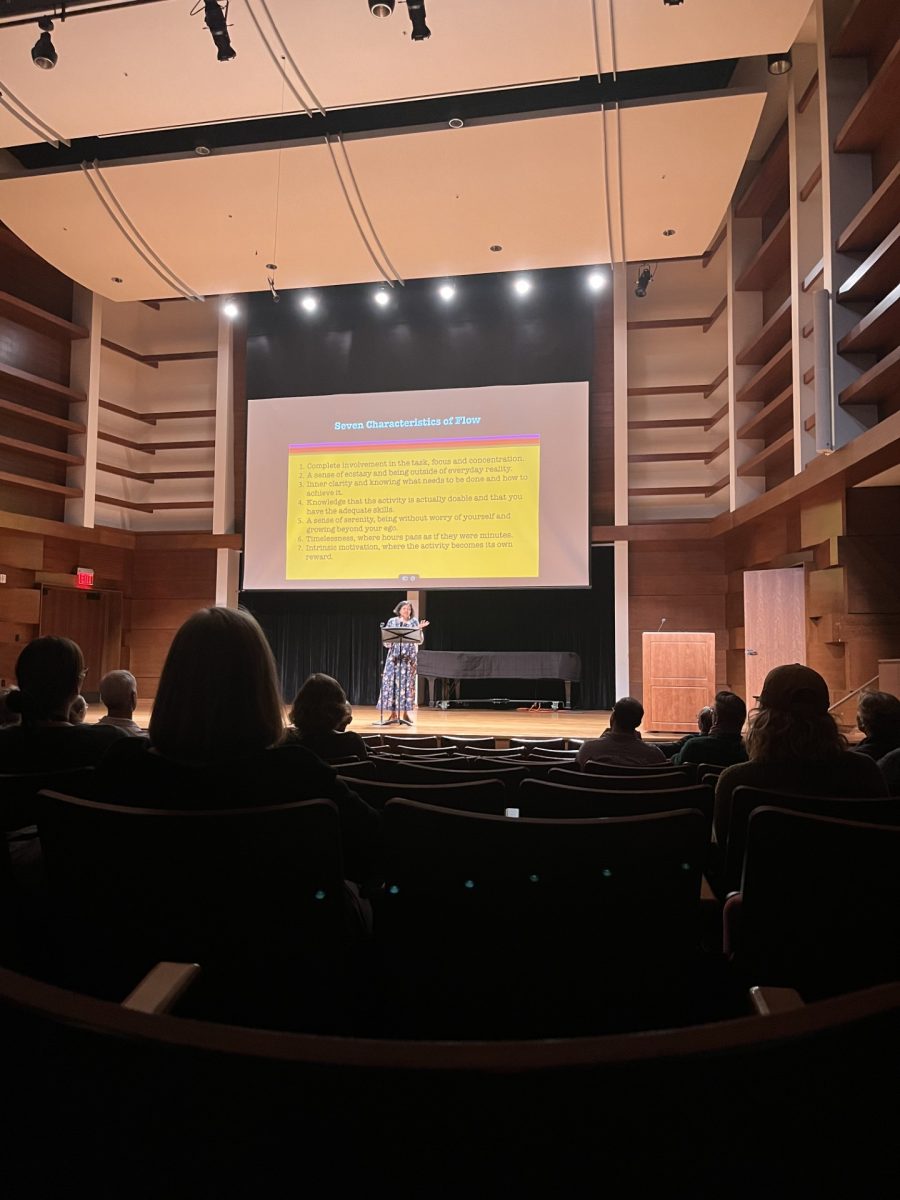On March 5, the real estate broker Mike Murray, who works for Collier International, announced to the press that three stores would be coming to Grand Rapids in the near future; namely the two food retailers Whole Foods and Trader Joe’s, as well as the clothing retailer H&M. While the news from Mike Murray is not largely substantial, considering that on March 6 Trader Joe’s released a statement stating that a store in Grand Rapids is not within their two-year plan, the news has been met with a large amount of enthusiastic support. From a general excitement at the conversation to micro-blurbs on Facebook and Twitter, the majority consensus about the coming of these retail stores however is very positive with a few nitpicking issues; one of which is the placement of the stores.
Deriving from a mainly aesthetic concern, the placement of H&M is of no problem to many enthusiasts in that its future location of the Woodland Mall is an obvious and easy choice to make. The possible placement of Whole Foods on 28th Street near Cascade, however, has prompted more frustration out of Grand Rapidians due to the unpleasant and visually unappealing landscape. But this is really only a minor concern: I assume most Grand Rapids residents would love to have a Whole Foods whether or not it was placed on a particularly ugly street. However, despite my relative uninterest in Whole Foods, I still do care a great deal about where we place our food markets.
Instead of the aesthetic concerns of Whole Foods we should be focusing on the financial implications behind them. The sentence that caught my attention as I read an article on the MLive Group Press website was this: “‘Both retailers have stores on the east side of the state and are looking for locations near highly educated and affluent populations,’ Murray said.”
In this statement addressing the placement of Whole Foods, we see the kind of financial thinking we would expect behind the placement. And while this financial thought, that building businesses closer to higher income areas will yield a larger return, is not inherently bad, it should not be the sole reason for the urban planning of business centers. What we should concern ourselves about is the placement of food centers so that more of the general population has access to healthy and reasonably priced food.
With this in mind, the placement of Whole Foods on 28th Street is not only about fighting the ugliness of a street, it is about fighting the food deserts of inner city Grand Rapids. Food deserts are any place in which the income of the neighborhood means that fresh and healthy food is not provided within a mile of it and where the population does not have the means or money for readily available transportation. Such areas more of a problem in Grand Rapids that we might like to think, and what grows in the absence of fresh food retailers are convenience stores and fast food restaurants, offering the barest nutritional minimum.
In Grand Rapids neighborhoods such as Heartside and Baxter, we find that the closest food centers are Grand Central Market (one mile and a half away with more expensive, specialty food items) and the Wealthy Market (a closer market, but with less choices of food). It is in neighborhoods like these that residents have not only anxieties about having enough money for food, but also the difficulty of ready access to food. So, in a way, we should be concerned about the placement of a place like Whole Foods, but not in ways that first came to our mind. When we talk about Whole Foods then instead of talking about the ugliness of a street, which is a real subject to be addressed too, let us use this opportunity to speak of the social issue of food deserts as well. We can hope and we can plan for our future buildings of the growing Grand Rapids around our poor and needy — around people who need the help that comes from the financial investment and urban planning that comes with the development of businesses like Whole Foods and other healthy food centers.









